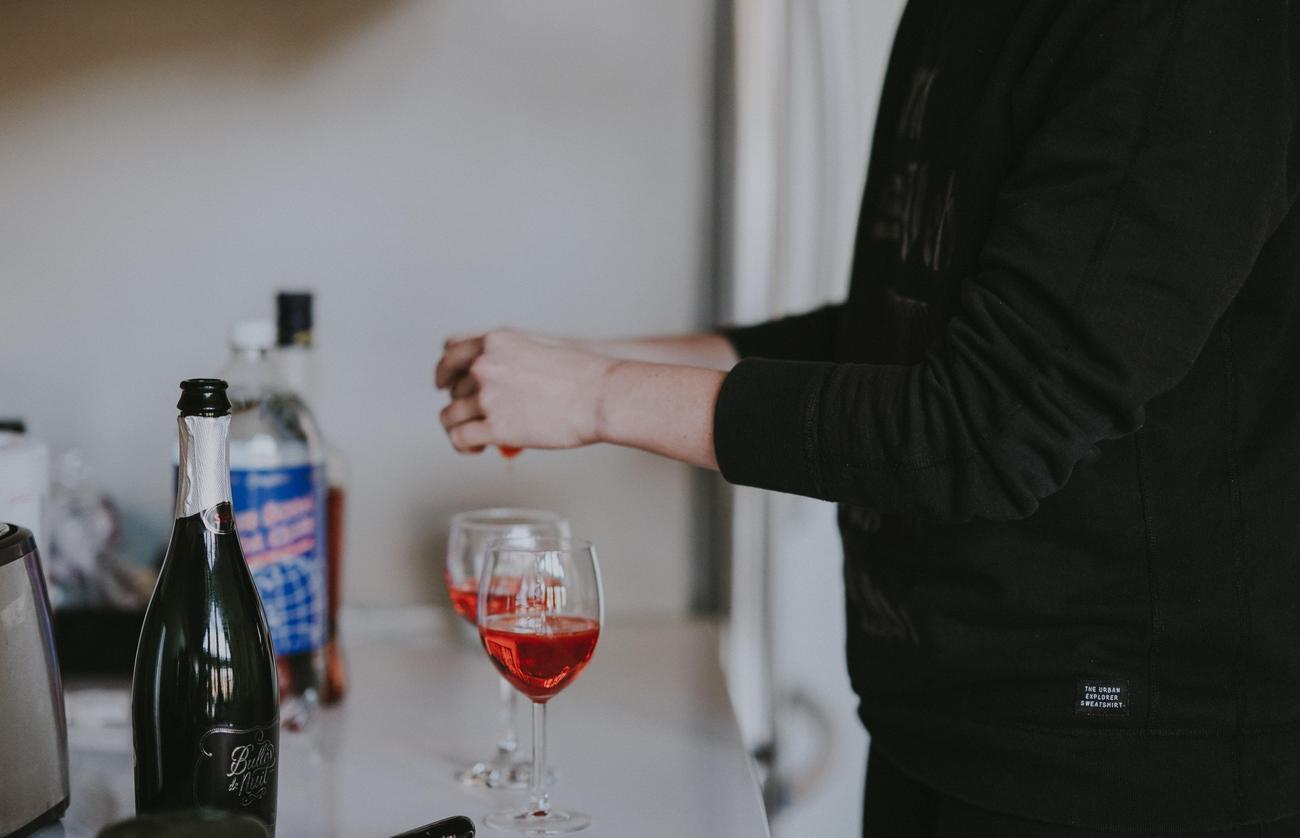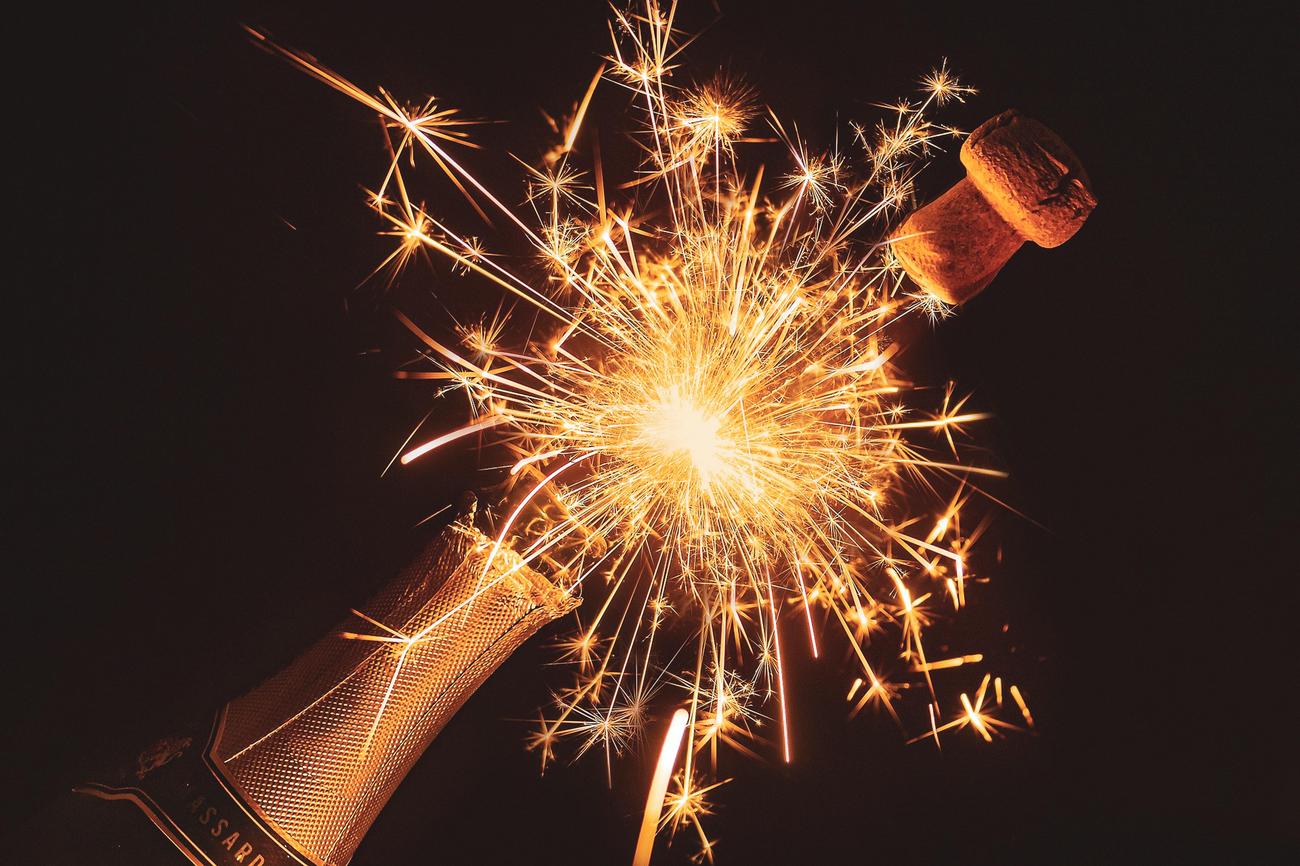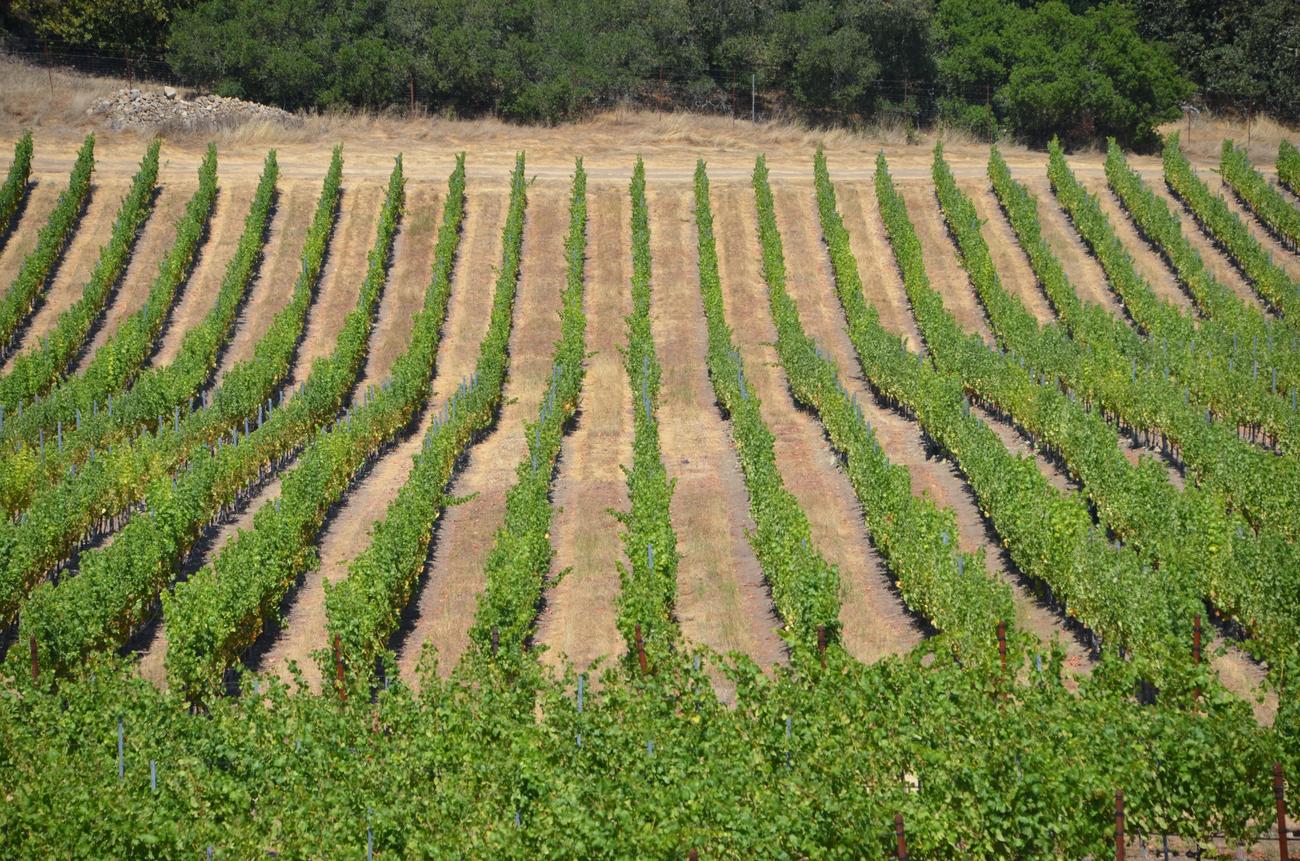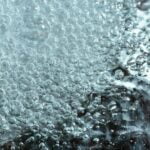Unveiling the Father of Champagne: A Historical Exploration

Step into the enchanting world of Champagne, where bubbles dance and golden hues twinkle in delicate flutes. This captivating realm of effervescence has long been heralded as the epitome of indulgence and celebration, but have you ever wondered who set the stage for this iconic elixir? Delving into the annals of history, we embark on a quest to unravel the mystery and discover the true father of Champagne. Drawing upon my extensive expertise as a seasoned wine connoisseur and industry professional, join me as we navigate the labyrinthine tales and legends surrounding this prestigious title. Prepare to be transported through time, unveiling the secrets that lie within the vineyards, wineries, and ancient cellars of Champagne, all in pursuit of the answer to the age-old question: Who is the father of Champagne?
Who is the father of Champagne?
Ah, Champagne. The very mention of this prestigious wine brings to mind images of elegance, celebration, and pure indulgence. But have you ever wondered who deserves the title of “The Father of Champagne”? Allow me to take you on a historical exploration as we unveil the secrets and legends surrounding this illustrious figure.
One name that often springs to mind is Dom Perignon. This Benedictine monk and cellarmaster at the Abbey of Hautvillers in the 17th century is credited with being the first person to deliberately create a sparkling wine. But was he truly the father of Champagne? Let’s dig deeper.
It’s important to recognize that the story of Champagne stretches far beyond the time of Dom Perignon. The Romans, known as the first known inhabitants of the Champagne region, planted vineyards in these rolling hills centuries before Perignon’s time. The name “Champagne” itself is derived from the Latin word “campania,” a nod to the resemblance between the stunning Champagne countryside and the picturesque Italian region of Campania.
Moving forward in time, Champagne production began to evolve in the 17th century and gained popularity over the years. This sparkling wine was once a pale, pinkish still wine, until the magic of bubbles was discovered. But it was not solely the work of Dom Perignon that led to this transformation.
Dom Perignon certainly played a significant role in the development of Champagne. As an “attorney” from the vineyards of her convent, his wisdom and expertise in winemaking allowed him to navigate the nuances of the grape varieties in the region. His careful observations and experiments with blending and fermentation techniques undoubtedly contributed to the advancement of Champagne.
But let’s not forget that the discovery of Champagne was also partly due to chance. The effervescence was a result of secondary fermentation in the bottle, a process that was not fully understood or controlled at the time. So, while Dom Perignon played a crucial part, he was not solely responsible for the birth of this sparkling elixir.
It’s important to shed light on the contributions of others who came before and during Dom Perignon’s time. From the ancient Romans to his contemporaries in France and England, many individuals played a role in shaping the world of Champagne. Their combined efforts and shared knowledge paved the way for this remarkable beverage.
In conclusion, while Dom Perignon is often hailed as the father of Champagne, it is essential to acknowledge the collective contributions that led to its creation. The true father of Champagne is more than just one person—it is an amalgamation of history, expertise, and innovation. So, let’s raise a glass to the captivating legacy of Champagne, a drink that embodies the artistry and craftsmanship of countless individuals throughout the ages.
“The true father of Champagne is not a solitary figure but a reflection of the collective brilliance of those who shaped its history.”
Champagne is more than just a sparkling beverage; it’s a world of fascinating details and intriguing traditions. Did you know that Champagne was invented by a monk over three centuries ago? If you want to discover more exciting fun facts about champagne, check out our list of them. You won’t be disappointed! So, what are you waiting for? Click here to explore the exciting world of champagne: fun facts about champagne. Cheers to learning and enjoying the finer things in life!
A Brief History of Champagne: From its Origins to Global Recognition
[youtube v=”VmE9imxq274″]
Champagne, the beloved sparkling wine that symbolizes celebration and luxury, has a rich history that dates back centuries. While many credit the famous monk Dom Perignon for perfecting the method of creating sparkling wine, the story of Champagne goes beyond one individual. Let’s delve into the fascinating history of this iconic beverage.
The Beginnings: Roman Influence and the Birth of Sparkling Wine
Long before Dom Perignon’s time, the Romans recognized the potential of the Champagne region for viticulture and planted vineyards there. The name “Champagne” itself is derived from the Latin word “campania,” which references the resemblance between the Champagne region and Italy’s Campania. However, it wasn’t until the 17th century that Champagne production began to evolve significantly.
Dom Perignon’s Contribution and the Advancement of Champagne-making
While Dom Perignon is often credited as the “Father of Champagne,” it is important to acknowledge that he was not the first to create sparkling wine. Instead, he played a pivotal role in perfecting the blending and fermentation techniques involved. His expertise and observations allowed him to improve the taste and quality of Champagne, leading him to famously declare that drinking it was like “tasting the Stars.”
The Chance Discovery of Effervescence and Contributions from Various Individuals
It was the English scientist and physician Christopher Merret who first documented the method of putting fizz into wine in 1662. Initially, this technique was primarily used to preserve wines during long sea voyages. However, the full understanding and control of the secondary fermentation responsible for Champagne’s effervescence were yet to be developed.
Throughout history, many others made significant contributions to the creation and advancement of Champagne. From the ancient Romans to French and English contemporaries, a collective effort shaped the techniques and reputation of this iconic wine.
Madame Clicquot’s Influence and Global Recognition
Madame Clicquot, also known as Madame Veuve Clicquot or Widow Clicquot, played a pivotal role in promoting Champagne internationally and laying the foundation for its global recognition. After her husband’s death in 1805, she took charge of the business and became a trailblazing entrepreneur in a time when women were often excluded from the business world. Her innovative marketing strategies and export efforts helped Champagne gain immense popularity and widespread acclaim.
From Vineyards to Glass: Modern Champagne Production
Today, Champagne production involves over 15,000 growers across 35,000 hectares of vineyards in the Champagne region. These vineyards vary significantly in size and production scale. From small local growers to the major houses known as “Grandes Marques,” each producer contributes to the diversity and quality of Champagne.
With such a rich history and a multitude of passionate producers, Champagne remains a truly extraordinary beverage that can bring sparkle to any occasion. As a protected name, Champagne can only be attributed to sparkling wine produced in the Champagne region, emphasizing its uniqueness and savoir-faire.
“Champagne is a sparkling wine, but the name Champagne goes beyond the beverage itself. It represents an entire region, its people, and their remarkable craftsmanship.”

FAQ
Question 1: Who is often credited as the father of champagne?
Answer 1: Dom Perignon is often credited as the father of champagne. He was a Benedictine monk and cellarmaster at the Abbey of Hautvillers in the 17th century.
Question 2: What was Dom Perignon’s role in the discovery of champagne?
Answer 2: Dom Perignon is said to have been the first person to deliberately create a sparkling wine. His wisdom and expertise as the “attorney” from the vineyards of her convent played a significant role in the discovery of champagne, which was partly due to chance.
Question 3: How did champagne evolve from a still wine to a sparkling wine?
Answer 3: Champagne evolved from being a pale, pinkish still wine to a sparkling wine. The development of sparkling wine was a result of advancements in winemaking techniques and the discovery of how to create secondary fermentation in the bottle.
Question 4: Who were the first known inhabitants to plant vineyards in the Champagne region?
Answer 4: The Romans were the first known inhabitants to plant vineyards in the Champagne region. They recognized the potential of the region’s terroir for grape cultivation.
Question 5: What is the origin of the name “Champagne”?
Answer 5: The name “Champagne” comes from the Latin word “campania,” which refers to the similarities between the rolling hills of the Champagne province and the Italian countryside of Campania.
- Unraveling Einstein’s Legacy: Who Inherited His Genius? - July 14, 2025
- Unlock Einstein’s Family Tree: Bernhard Caesar & Untold Stories - July 14, 2025
- Unveiling Bernhard Caesar Einstein: His Life & Albert Einstein’s Legacy - July 14, 2025
















